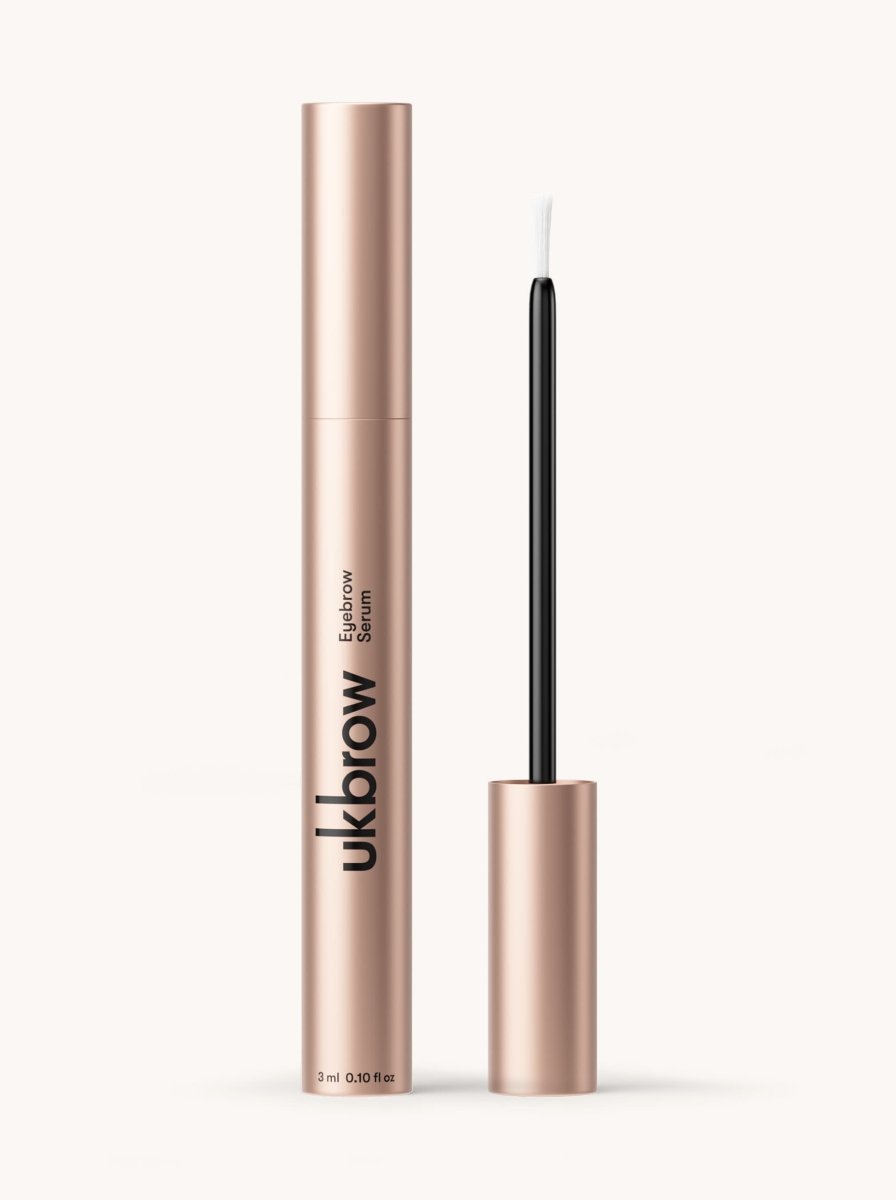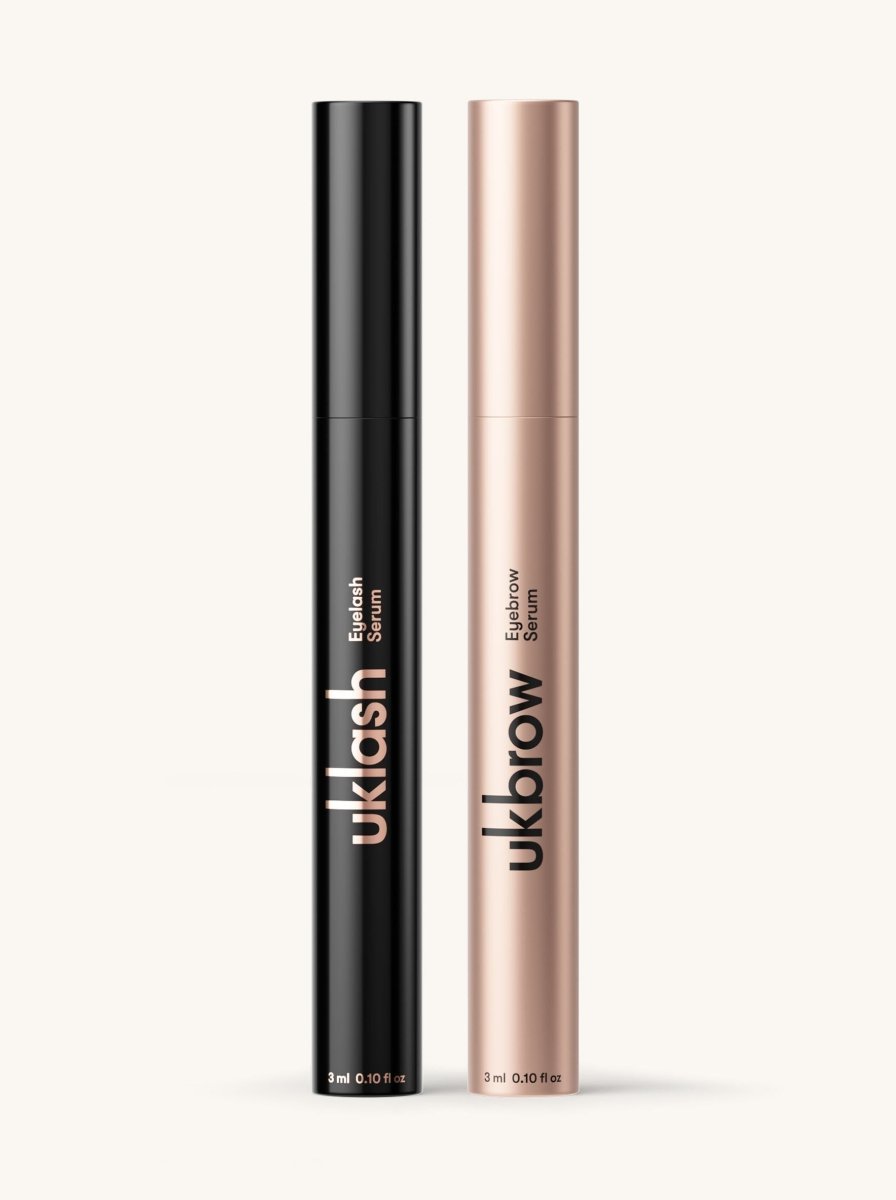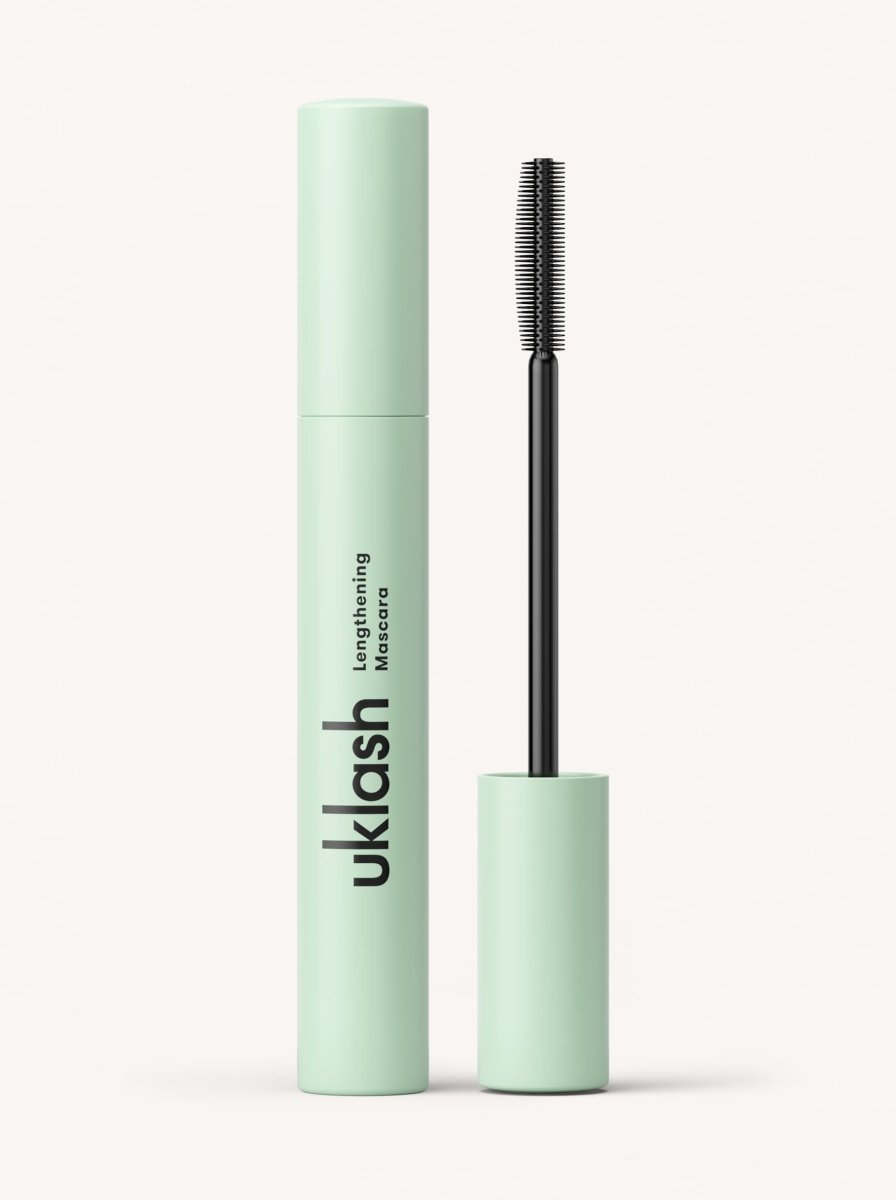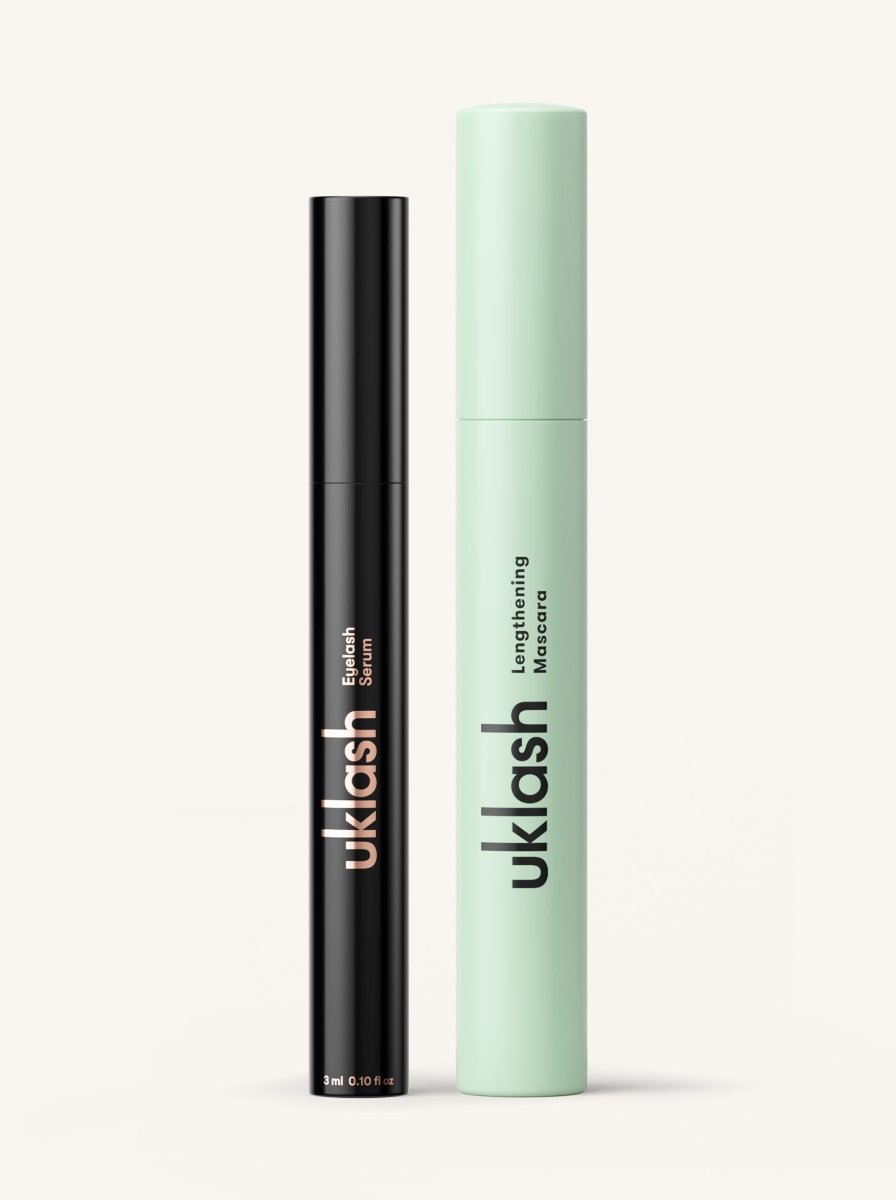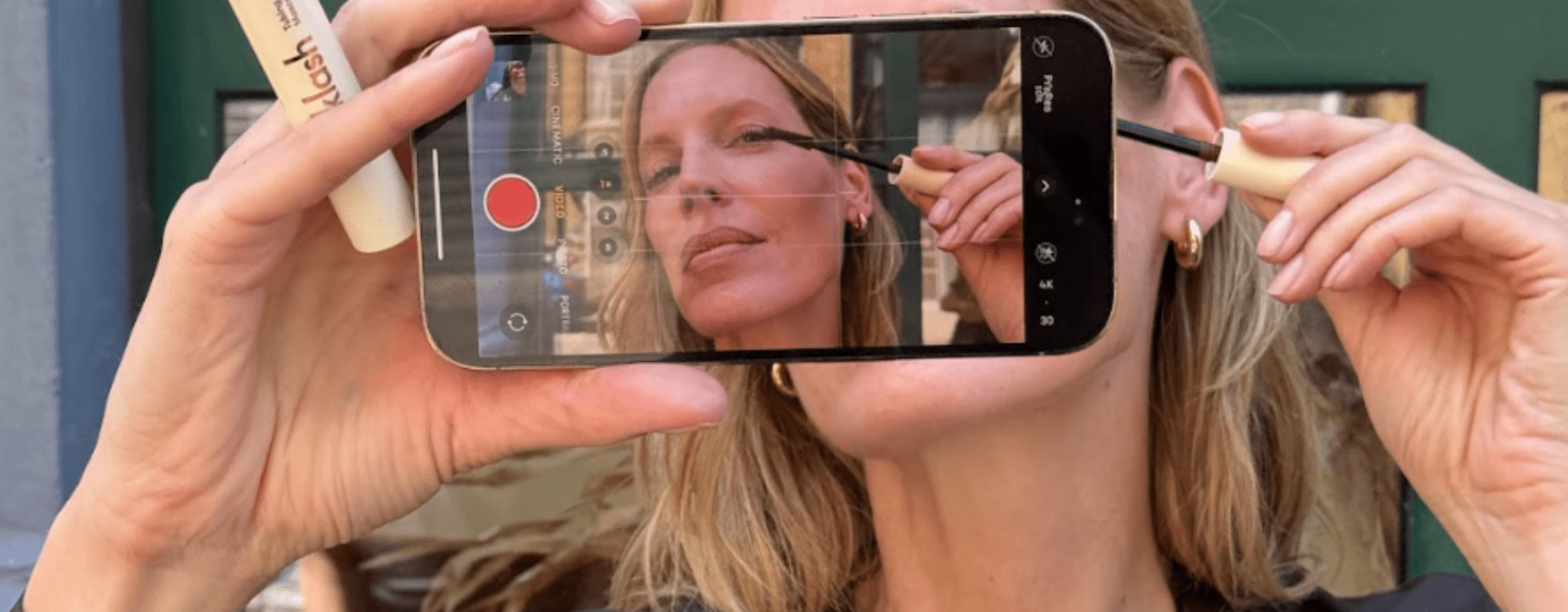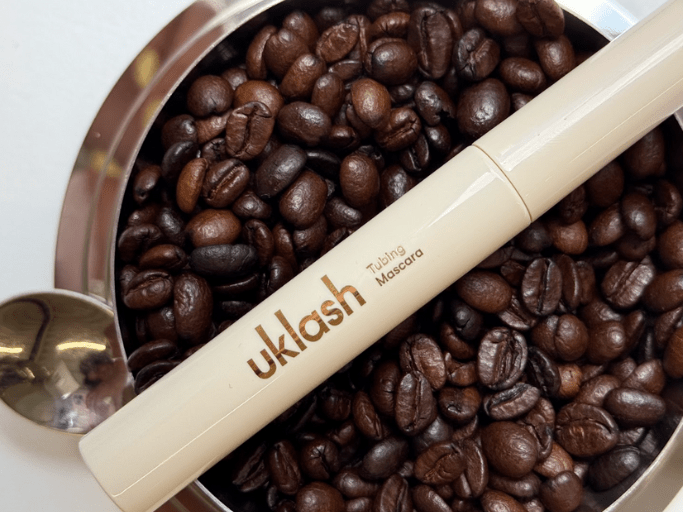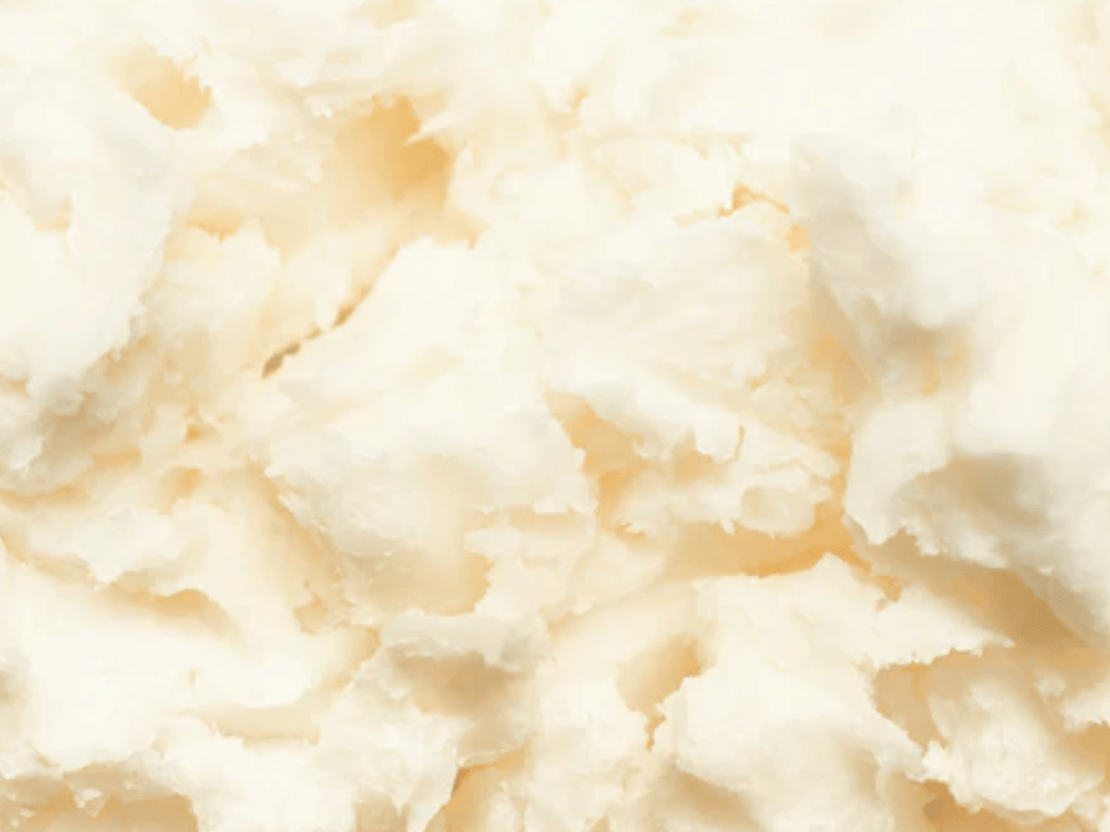
You might be surprised to find out that our eyelashes are affected by seasonal changes, but it’s true - and as the weather turns cooler, most of us might be dealing with autumn lash shed. I know what you’re thinking - do eyelashes have a shedding season?
Lash shedding can definitely vary throughout the year, and as we come into autumn, you might notice that your lashes are shedding more than usual. Here’s our explanation of why this happens and if it’s anything that you need to worry about.
What Is the Lash Shedding Cycle?
So, you might already know that lashes have a growth cycle that can last up to a few months - this means that you notice a few lashes falling out here and there regularly like clockwork. That’s not much to worry about, as there are always newer lashes to replace the fallen ones.
However, during autumn, you may have noticed more lash shed than normal and you’re wondering, what’s the deal? Are my lashes falling out because of a product I’m using?
The truth is, lashes tend to have a higher rate of shedding in the autumn months - and it’s especially noticeable if you use a lash serum or wear lash extension as well, these longer lashes are more noticeable when you see them on your pillowcase! However, the autumn lash shed isn’t anything to be super concerned about - here’s why.
Why Do Eyelashes Have a Shedding Season in Autumn?
Research shows that there are multiple factors that come into play when lash shedding season comes around. Firstly, we have to consider the season that comes directly before autumn - summer. During the summer months, hotter temperatures encourage eyelashes to stay in the telogen phase - also known as the resting phase - for longer.
That means you probably have quite a few lashes that are still hanging on when normally, they would have shed a few weeks ago. Another way that summer weather impacts lash shed is through the naturally higher levels of sebum that skin tends to produce during the hotter months. There’s a small chance that this increased level of natural oils (along with makeup and skincare) could hold back any eyelashes in the anagen phase - the growth phase - from growing, making them skip right ahead to the rest and from there, the shedding phase.
However, it isn’t just warmer weather that influences the lash shedding cycle - it’s the presence of cooler weather that kick-starts it, too. Constantly moving in and out of cooler weather to dry, artificially heated environments can make our eyelashes feel brittle and parched, making them more prone to lash shedding or even breaking off!
Another way that cooler weather signals the start of lash shedding season is the simple reason that we naturally shed some hair all over our bodies to make way for newer growth that’s supposed to help us keep warm. While this may not make as much of a difference as a true winter coat does for our furry friends, our lash shedding cycle doesn’t seem to think so and still means that we lose a little bit of hair in preparation for winter - in this case, our eyelashes.
Lash Shedding Facts: When Will My Lashes Come Back?
Okay, that wording might be a little bit dramatic - in most cases, you won’t really notice any issues such as bald patches or uneven eyelashes, even though you may be experiencing more lash fall. If your lashes are seriously uneven, there might be another issue at play - such as accidental lash damage.
Luckily, any hairs lost during the autumn lash shed recover after around 6 weeks - and waiting isn’t the only thing that you can do to help encourage regrowth after lash shedding season. Taking care of your lashes with our best lash care tips will have your natural eyelashes looking amazing in no time.
Supplementing good eyelash habits with a conditioning, growth-boosting eyelash serum also goes a long way to ensuring that your lashes are in the best condition possible, all year round!

